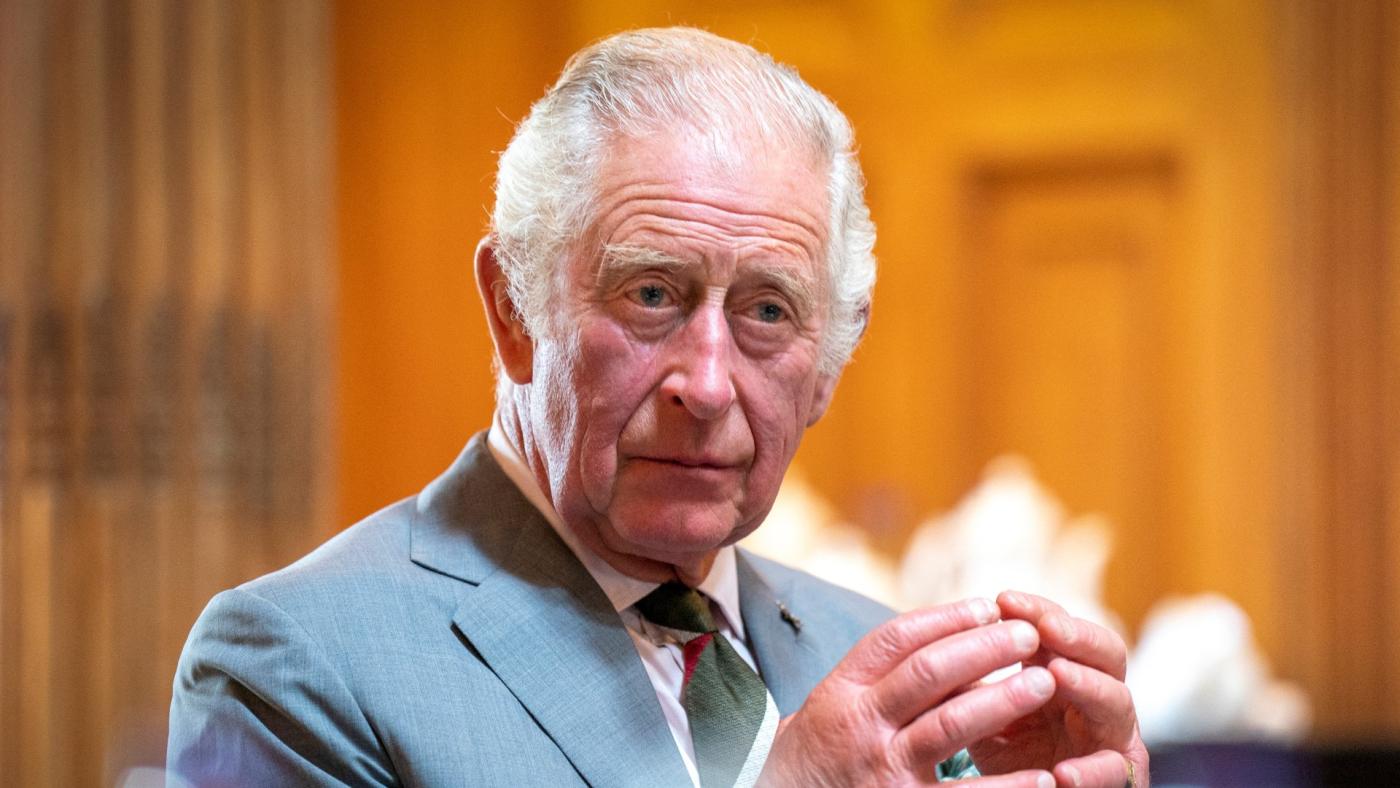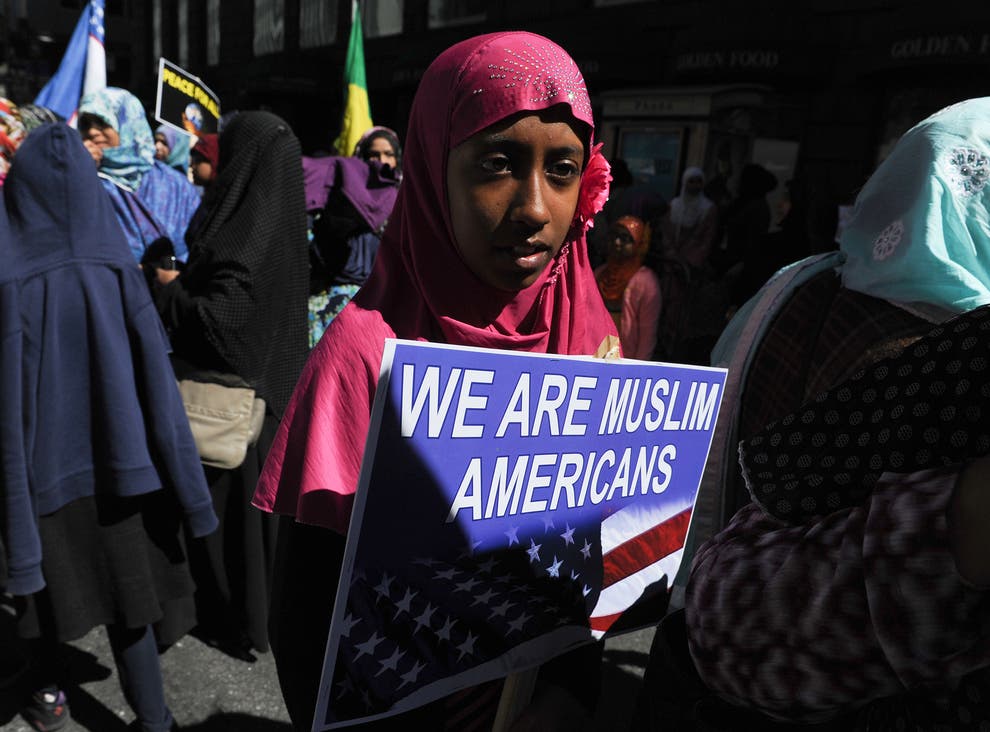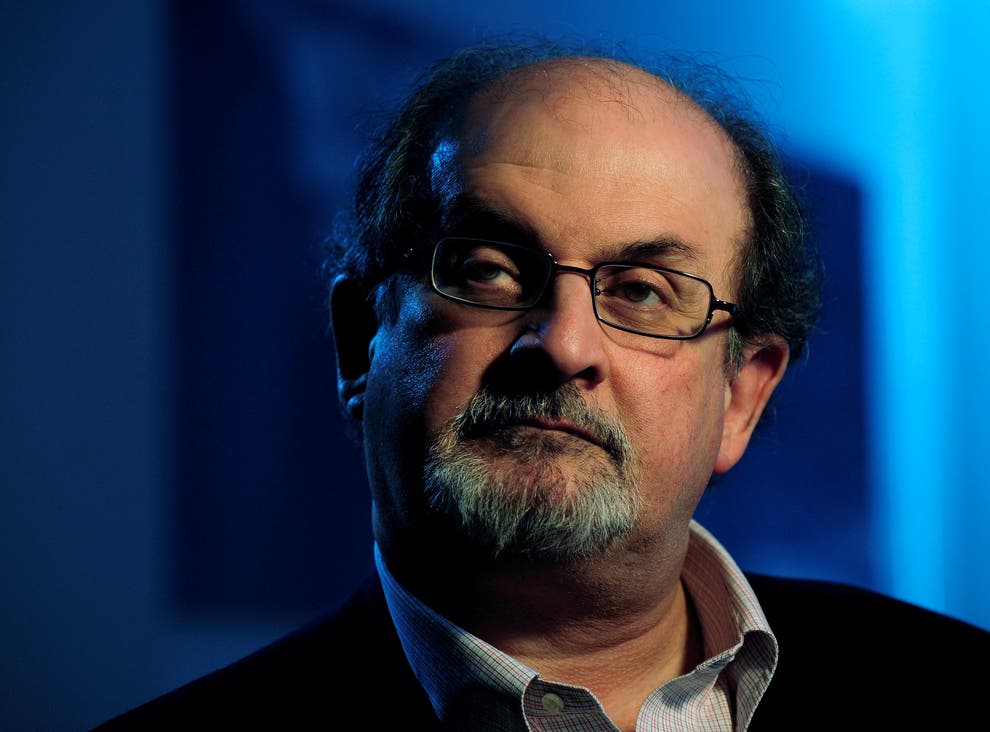November 19, 2013
We all sat in a circle, surrounded by the tranquility of a richly decorated mosque in Washington, D.C. We were for once away from all schisms- of religion, faith and nations. Ten American students, a Pakistani professor and an Indian journalist- we all sat in a circle to explore the space where divides end, and our unity begins.
For these students at American University, the experience was a novel one–for most of them, it was their first ever visit to a mosque. Our group was a concoction of identities – Native Americans, Roman Catholics, Moroccan Jews, and me, a Sikh from the Indian side of Kashmir.
The visit was scheduled to give students an experience of a mosque and to clear misperceptions about clashes of faiths. We chose to visit the Islamic Center in D.C., a mosque designed by an Italian architect and constructed in the 50′s. The imam at the center led us through the prayers and explained the three categories in Islam- aMuslim, who may or may not be truly spiritual; a Momim, a believer who practices his belief faithfully; and the highest category of a Muhsin, who is benevolent, charitable and a humanitarian to all mankind. For him, spreading education or ilm met with the highest category- a reason why he often addressed Professor Akbar Ahmed as Muhsin. Imam Abdullah M Khouj, who is from Mecca, became a Hafiz, or someone who memorizes the entire Koran, at the age of 11. He clearly held high reverence for scholarship and service, perhaps even greater than just practicing beliefs.
In the mosque, under the magnificent bronze Egyptian chandelier, we sat together in a circle as teachers and learners. We discussed why women pray in separate spaces, why religions have sectarian divides. We explored how humility and submission are at the core of spirituality, how various faiths were connected with a common thread.
When we were about to leave, I turned to Imam Khouj and told him that the holy text of the Sikhs, the Guru Granth Sahib, repeats the name Allah 46 times. Our professor reiterated that the fifth Sikh Guru asked a Muslim Sufi saint, Mian Mir, to lay the foundation stone of the Holiest Sikh shrine, the Golden Temple in Amritsar. Here we were, a Pakistani professor, an Indian journalist and 10 American students, attempting to find bridges between faiths. My mind raced back to the raging battles between nations, to the gunfire on the borders, to attacks on places of worship, to condemnation in the name of faith. Far away from these clashes, here we were as a small group, dissolving divides that we had known, finding common spaces.
Washington Post: http://www.washingtonpost.com/blogs/on-faith/wp/2013/11/19/one-mosque-many-faiths/






